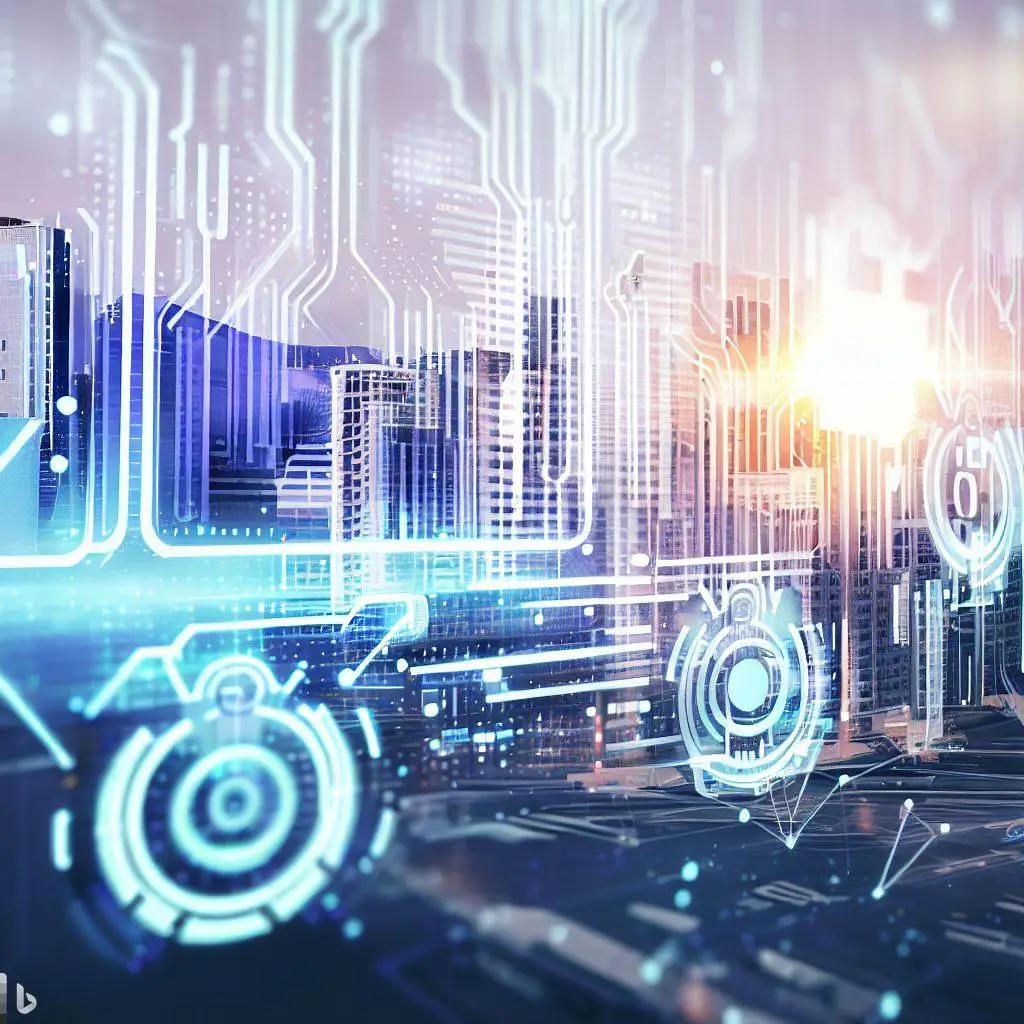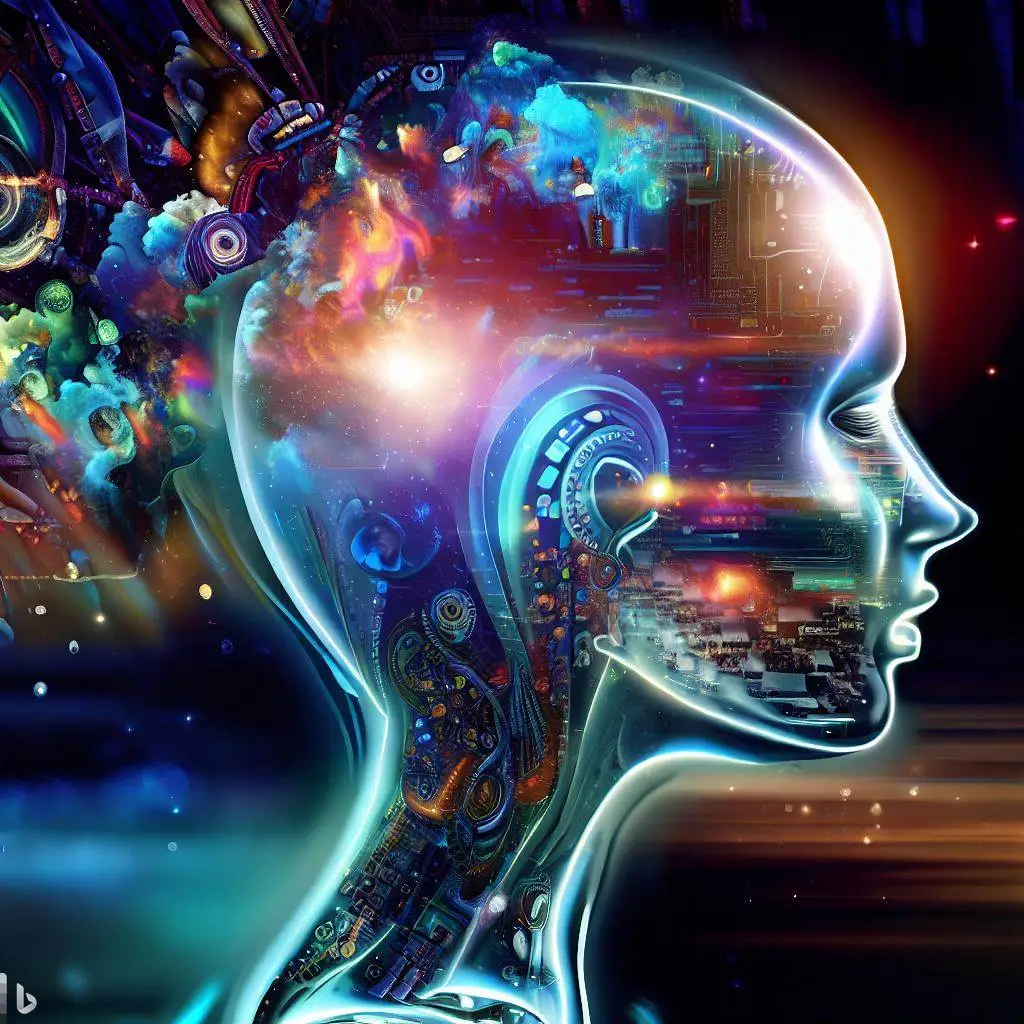Artificial intelligence (AI) is one of the most fascinating and impactful fields of science and technology. It has the potential to revolutionize various domains and industries, such as education, healthcare, entertainment, business, and more. However, AI is also one of the most challenging and complex fields of science and technology. It requires a lot of research, innovation, and experimentation to create and improve AI models and systems that can perform various tasks and functions.
One of the most prominent and popular types of AI models is the language model. A language model is a system that can process and generate natural language texts, such as sentences, paragraphs, or documents. Language models can be used for various applications, such as language translation, chatbots, content generation, question-answering systems, and more.
One of the most advanced and influential language models is GPT-5, short for Generative Pre-trained Transformer 5. GPT-5 is the latest and most powerful version of the GPT series of language models, developed by OpenAI, a research organization dedicated to creating and promoting beneficial AI. GPT-5 is expected to be a major breakthrough in the field of AI, as it aims to surpass the current state-of-the-art language models in terms of performance, versatility, and scalability.
What is GPT-5?
GPT-5 is a neural network that consists of trillions of parameters that can learn from large amounts of text data. GPT-5 can generate natural language texts based on a given prompt or context. For example, GPT-5 can write an article based on a title, a summary based on an article, or a story based on a genre.
GPT-5 is expected to have trillions of parameters and to be trained on massive amounts of multimodal data collected from various sources. Multimodal data means that GPT-5 can process and understand multiple types of data and tasks simultaneously. Unlike traditional language models that are designed to handle one type of data, such as text, images, audio, or video, GPT-5 can handle all of them at the same time. This allows GPT-5 to perform more complex and diverse tasks that require cross-modal reasoning and generation.
For example, GPT-5 can answer questions based on text and images, generate captions for videos, create music based on lyrics, or synthesize speech from text. GPT-5 can also learn from multiple sources of data and knowledge, such as web pages, books, videos, podcasts, or databases. This enables GPT-5 to acquire a broader and deeper understanding of the world and various domains.
How does GPT-5 work?
GPT-5 works by using a unified architecture that can encode and decode different types of data using the same network. GPT-5 also uses attention mechanisms that allow the network to focus on the most relevant parts of the input data and generate coherent outputs. GPT-5 also uses transformers , a type of neural network that can process sequential data efficiently and effectively.
GPT-5 is trained on a massive amount of multimodal data collected from various sources. OpenAI uses its own infrastructure and resources to train GPT-5 on specialized hardware such as TPUs , which are custom chips designed for machine learning. OpenAI also applies rigorous testing and evaluation methods to ensure that GPT-5 meets high standards of quality and safety.
What can GPT-5 do?
GPT-5 is still in development mode and has not been released to the public yet. However, OpenAI has given some glimpses of what GPT-5 can do and what it can enable in the future. Some of the potential applications of GPT-5 are:
- Generative AI: GPT-5 can create new content based on existing data or user inputs. For example, GPT-5 can generate text and images within apps like Google Docs or Google Sheets, helping users to add depth to their ideas or provide more well-rounded spreadsheets. GPT-5 can also generate music based on lyrics, create captions for videos, or synthesize speech from text.
- Search: GPT-5 can enhance Google’s core product by providing more relevant and personalized results based on multimodal inputs. For example, GPT-5 can answer questions based on text and images, such as “What is the name of this flower?” or “Who is the author of this book?”. GPT-5 can also provide more interactive and conversational search experiences, such as “Show me pictures of cats that look like this” or “Play me songs by this artist”.
- Assistant: GPT-5 can empower Google’s virtual assistant by enabling more natural and engaging interactions with users across different devices and platforms. For example, GPT-5 can understand user commands based on voice and gestures, such as “Turn off the lights” or “Take a selfie”. GPT-5 can also provide more helpful and personalized suggestions based on user preferences and context, such as “You might like this podcast” or “Here are some recipes for dinner”.
- Education: GPT-5 can support learning and teaching by providing more accessible and adaptive content and tools. For example, GPT-5 can translate texts and speech between different languages, such as “Translate this article into Hindi” or “Say hello in French”. GPT-5 can also provide feedback and guidance based on user performance and goals, such as “You made a mistake here” or “You are doing great”.
- Healthcare: GPT-5 can assist healthcare professionals and patients by providing more accurate and timely information and diagnosis. For example, GPT-5 can analyze medical images and records to detect diseases or anomalies, such as “This X-ray shows a fracture” or “This ECG indicates a heart attack”. GPT-5 can also provide recommendations and advice based on medical knowledge and best practices, such as “You should take this medication” or “You should see a doctor”.
Why is GPT-5 important?
GPT-5 is important because it represents a significant advancement in the field of artificial intelligence. GPT-5 is one of the most powerful and versatile AI models ever created, and it has the potential to transform various industries and domains. GPT-5 can also enable new possibilities and opportunities for users and developers, as well as address some of the challenges and limitations of existing AI models.
Some of the benefits of GPT-5 are:
- Performance: GPT-5 can achieve higher levels of accuracy and quality than current AI models, as it can leverage more data and knowledge from different sources and modalities. GPT-5 can also perform faster and more efficiently than current AI models, as it can use the same network for different tasks and data types.
- Versatility: GPT-5 can handle a wide range of tasks and scenarios that require multimodal intelligence, such as answering questions, generating content, providing suggestions, or making decisions. GPT-5 can also adapt to different domains and contexts, such as education, healthcare, entertainment, or business.
- Scalability: GPT-5 can scale up or down depending on the needs and resources of the users and developers. GPT-5 can be available in different sizes and capabilities, from small models that can run on mobile devices to large models that can run on cloud servers. GPT-5 can also be customized and fine-tuned for specific purposes or applications.









Add a Comment: